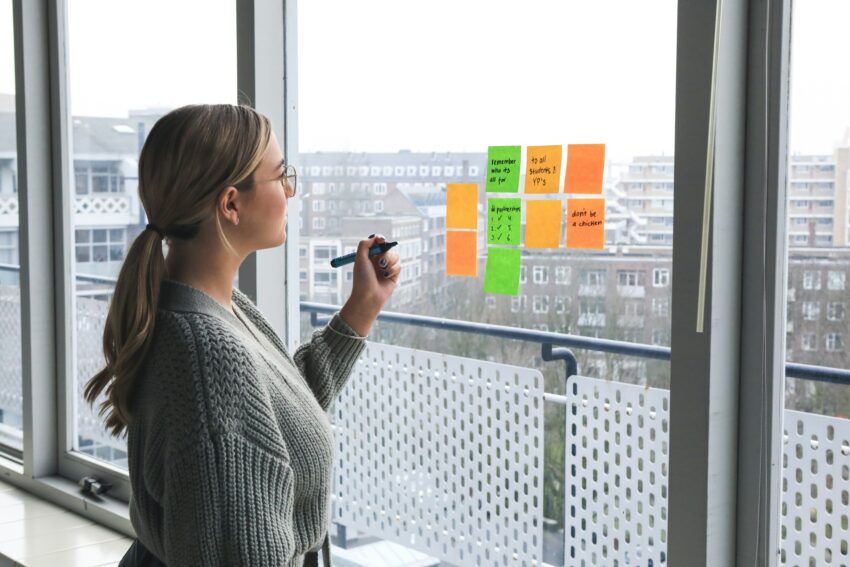Innovative involves questioning ideas in various ways, such as by substituting, combining, adapting, modifying, putting to another use, eliminating, or rearranging. Encourage participants to share as many ideas as possible in a short time. Innovation is the lifeblood of any successful startup. The ability to generate new, creative ideas is what sets apart industry leaders from the rest. In this chapter, we will explore various strategies to foster innovation within your team, ensuring that your startup remains at the cutting edge.
In this article, we cover information about creating innovative ideas.
Brainstorming Techniques
Brainstorming is one of the most effective ways to generate a wide range of ideas quickly. It’s a collaborative process that encourages the free flow of thoughts and creativity. Here are some key techniques to optimize your brainstorming sessions:
- Mind Mapping: Visualize ideas and their connections.
- Rapid Ideation: Encourage participants to share as many ideas as possible in a short time.
- SCAMPER Method: This involves questioning ideas in various ways, such as by substituting, combining, adapting, modifying, putting to another use, eliminating, or rearranging.
By using these techniques, you can overcome creative blocks and discover groundbreaking solutions.
Leveraging Design Thinking
Design Thinking is a user-centered approach to innovation that focuses on understanding users’ needs and creating products or services that meet those needs effectively. It’s particularly useful for startups that aim to create products that resonate with their target audience.
What is Design Thinking?
Design Thinking is a problem-solving framework that emphasizes empathy, creativity, and experimentation. It involves five key stages:
Empathize: Understand the users and their needs.
Define: Clearly articulate the problem you are trying to solve.
Ideate: Generate a broad range of ideas.
Prototype: Build simple, testable versions of your ideas.
Test: Gather feedback and refine your solutions.
This iterative process helps teams to remain flexible and responsive to user feedback, leading to more innovative and user-friendly products.
How to Use Design Thinking?
To effectively implement Design Thinking in your startup, follow these steps:
- Build a Diverse Team: Include members from different backgrounds to bring a variety of perspectives.
- Focus on the User: Always keep the end-user in mind throughout the process.
- Encourage Collaboration: Foster a culture of open communication and teamwork.
- Prototype and Test: Don’t be afraid to fail; use each iteration as a learning opportunity.
Advantages
- User-Centred: Ensures that products are designed with the user in mind.
- Encourages Creativity: Promotes out-of-the-box thinking and innovation.
- Iterative Process: Allows for continuous improvement and refinement.
Disadvantages
- Time-Consuming: The iterative process can be lengthy.
- Resource Intensive: Requires a significant investment in prototyping and testing.
- Can Be Ambiguous: The open-ended nature of the process may lead to uncertainty.
In the fast-paced world of startups, the ability to innovate and solve problems creatively is essential. By mastering brainstorming techniques and leveraging Design Thinking, you can ensure that your startup stays ahead of the curve and delivers products that truly resonate with users.
Our mission is to support startups in achieving success. Feel free to reach out with any inquiries, and visit our blog for additional tips. Tune in to our podcast to glean insights from successful startup CEOs navigating their ventures.
